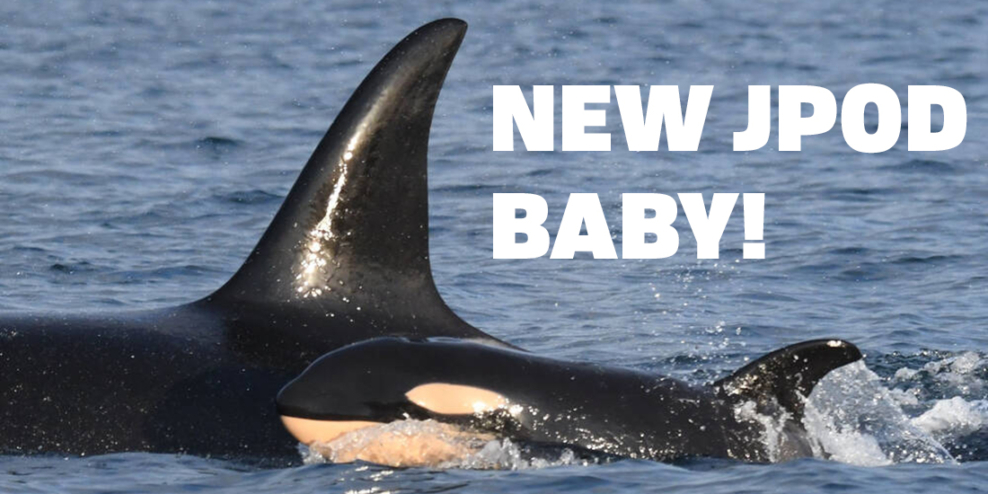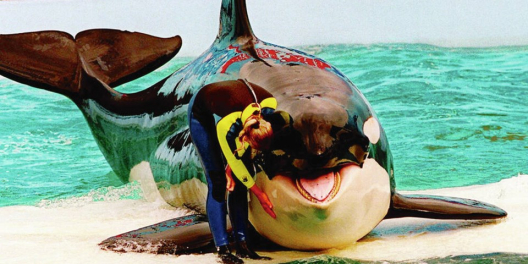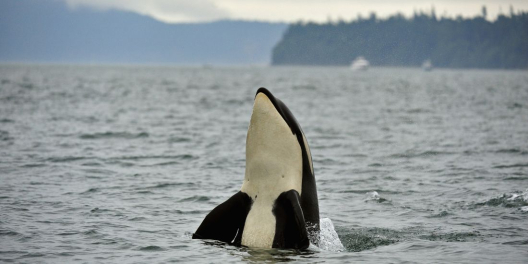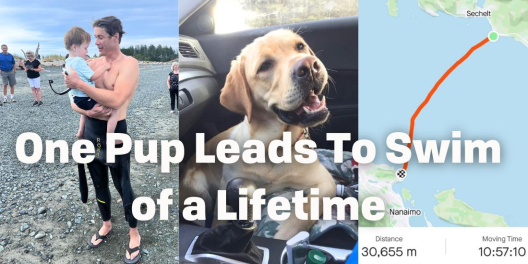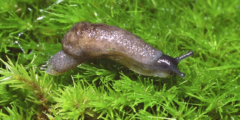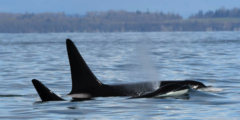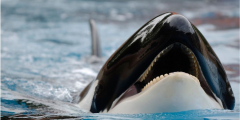J pod killer whales have a brand new bundle of joy. Last week, a calf was spotted with its mother, J37, off the San Juan Islands. It’s the first calf born to J pod since a boy and girl were born in September 2020.
No one knows whether this new calf is a boy or a girl. But scientists from the Center for Whale Research said the baby is “lumpy,” which apparently is a good thing.
The new mom, also known as Hy’Shqa, is 21 years old. Her name means “blessing” or “thank you.” The Samish Nation gave her that name in a potlatch ceremony just after she was born.
Nowadays, every new baby Orca is a blessing.
That’s because the Orca population that lives in the waters around southern VanIse is endangered. These local Orcas–known as the Southern Residents–feed on Chinook salmon, which are hard to come by these days.
And they had a really rough time from about 2015 to 2018. There were five calves born in the summer of 2015, but three of them died, and so did two of the mothers.
Then in 2018, Tahlequah, or J35, lost a baby and carried it across the sea in her mouth for more than 1,000 km.
About 40% of baby Orcas don’t make it past their first few weeks. And sometimes, mother whales lose their pregnancies. Scientists at the Center for Conservation Biology at the University of Washington say that most of the time, when a mother loses a pregnancy, it’s because she doesn’t have enough to eat.
But fast forward to now, and Tahlequah is a mother to one of the calves born in September 2020. And the babies born to L pod and J pod in a couple of years appear to be healthy.
Finding a new baby in K pod would be a real boost. They’re the smallest pod of Southern Resident Orcas. And they haven’t seen a new baby since 2011.
We’ll have to wait a few months till K pod shows up to see if there are any new little ones. They are usually the last of the pods to arrive in the Salish sea.
